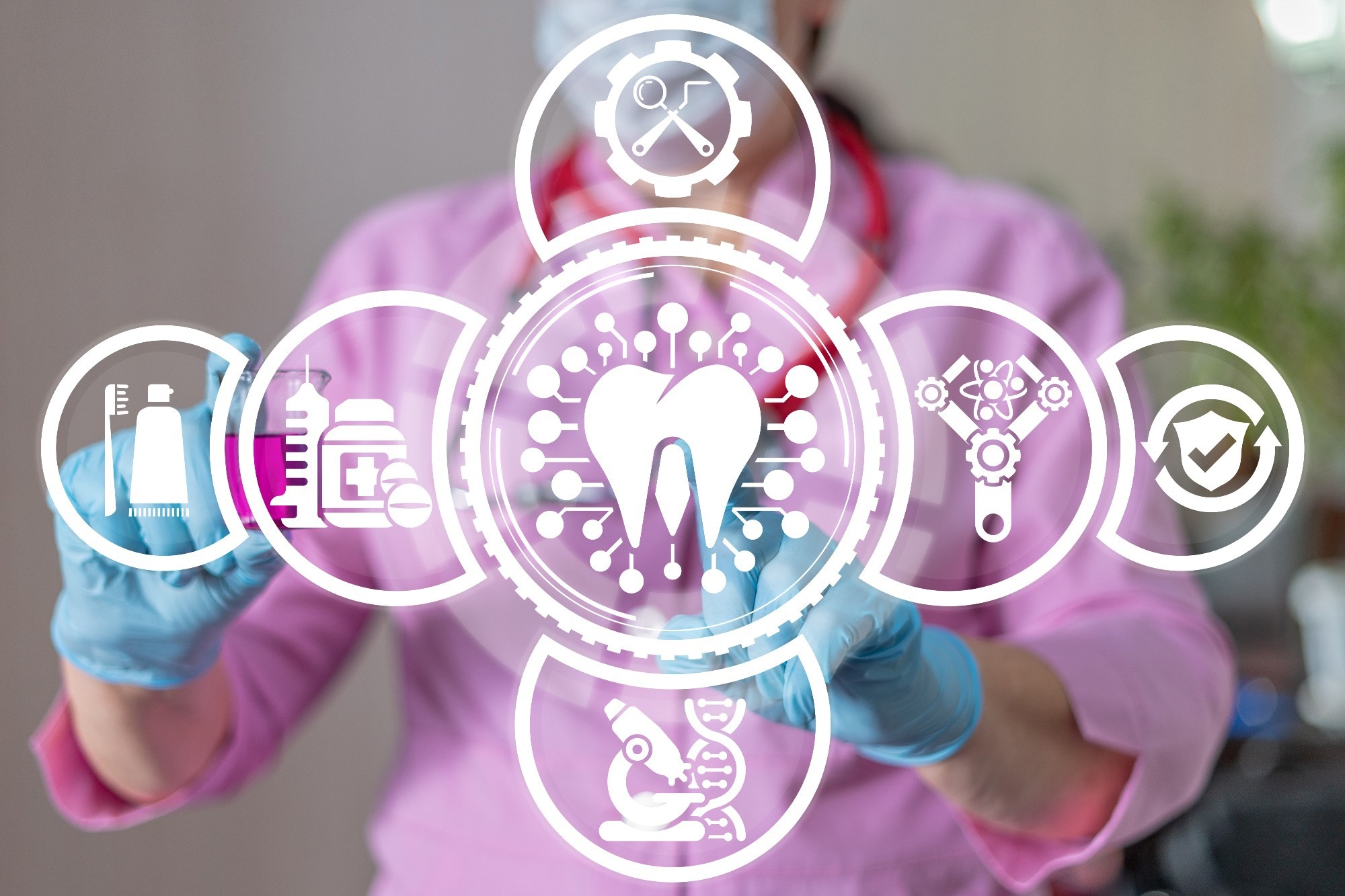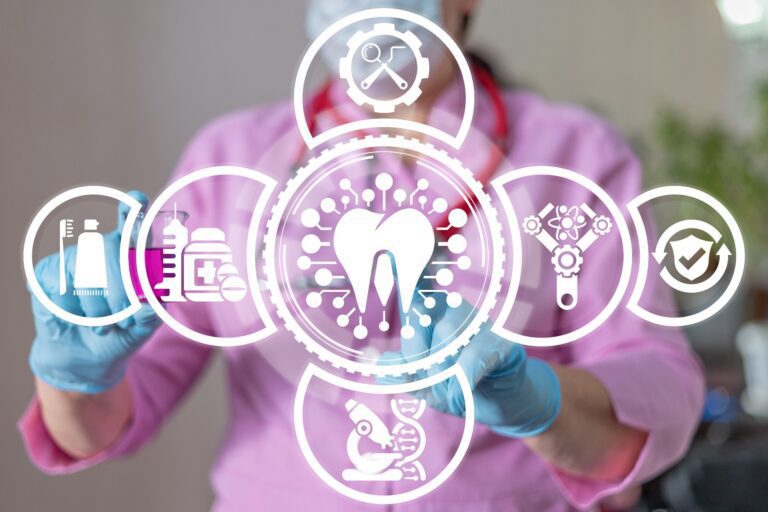A recent review posted on International Journal of Oral Science explored research developments and practical applications of robotic dental implant systems. The article reviewed the evolution of medical robotics, drawing on important research papers. It also includes a detailed study of autonomous dental implant robots, highlighting their benefits and future potential in the medical field.


Evolution of Medical Robotics
The first appearance of robots in history dates back more than 3000 years, and the world’s first robot manufacturing factory is attributed to Joseph Engelberger in 1958. Since then, continuous advances in sensors, intelligent algorithms, and multidisciplinary integration have evolved the original industrial robotic arms into bionic robots, nano robots, soft robots, etc.
Medical robotics emerged in 1985 with the introduction of the Puma 200, used for needle placement during brain biopsy in the US. Today, medical robotics offers many advantages in various applications, such as diagnosis (offering safe and convenient examinations), surgery (providing minimally invasive and precise procedures), nursing (allowing continuous monitoring), medical transport, rehabilitation (through therapeutic and assistive robotics ). and patient consultation.
While medical robots range in autonomy from requiring a human operator for all tasks to achieving partial autonomy for complex surgeries and treatments, fully autonomous robots that can practice medicine independently remain a matter of ethical and legal consideration. However, conditional autonomous robots are widely used for their accuracy, stability and reliability in improving medical procedures and patient care.
Robotic Dental Implants
The success of dental implant procedures is measured by esthetic and functional results, which depend on correct and prosthetically guided implant placement. Improper implant placement can damage surrounding blood vessels, nerves and tooth roots and cause sinus perforation. Therefore, maximum precision during operation is required to ensure quality and reduce postoperative side effects.
Currently, common implant placement approaches include freehand, static computer-assisted, and dynamic computer-assisted. These are largely dependent on the manual operations of the surgeons. Human factors such as hand tremors and fatigue affect the accuracy of implant placement. Robotic-assisted implant surgery can overcome human errors through automatic calibration, registration and drilling.
Current approaches to implant placement mainly involve manual techniques, such as freehand procedures or computer-assisted methods, both static and dynamic. However, these methods are sensitive to human factors such as hand tremors and fatigue, which can compromise accuracy. Robotic-assisted implant surgery is emerging as a promising solution to mitigate such errors through automatic calibration, registration, and drilling.
Robotic dental implant systems typically include hardware to collect and perform surgical data. This involves perceiving, recognizing, and understanding the surgical environment—including locations, shapes, sizes, and surface features—both before and during the procedure in real time. Additionally, these systems often incorporate image guidance technology to ensure accurate positioning during surgery.
Various configurations of dental implant robotics have been proposed, ranging from serially connected industrial robotic arms to dual-arm robots and non-contact laser-assisted systems. These systems aim to improve surgical efficiency, achieve precise implant placement according to pre-planned positions, and ensure patient safety throughout the procedure.
Clinical Research in Dental Implant Robotics
Clinical research on dental implant robotics has yielded valuable insights into the accuracy and efficacy of robot-assisted implant surgery, both in a laboratory setting (in vitro) and in clinical practice (in vivo). Numerous studies have shown significant angular discrepancies, which can be attributed to variations in perception and response to complex bone structures between different robotic systems. However, these discrepancies can potentially be mitigated by enhancing the autonomy of implant robots.
Research shows that robotics play a key role in assisting dental implant surgeries at all stages of the process. This includes preoperative phases, where robotics assist in obtaining digital intraoral casts and CT data, as well as intraoperative stages that include monitoring and calibration. In addition, post-operative phases benefit from robotics facilitating imaging and precision measurement.
Currently, commercial robotic dental implant systems operate at different levels of autonomy. Some provide visual and tactile guidance to the surgeon, while others offer partial autonomy by performing specific surgical tasks.
Current challenges in dental implant robotics
While the incorporation of dental implant robotics promises increased accuracy and treatment outcomes, several obstacles prevent its seamless adoption. Complicated registration, calibration, and verification procedures not only lengthen the operation time but also contribute to patient dissatisfaction. In addition, the rigid drill tips at the ends of robotic arms pose significant challenges in accessing the posterior segments and can compromise surgical precision. The high initial equipment investment further exacerbates the financial burden, which is exacerbated by the need for specialized technical training of dental surgeons.
Thus, further simplification of surgical procedures and improvement of the flexibility of robotic dental implant systems is essential to promote their large-scale adoption in clinical procedures. Multifunctional robots, validated in large-scale clinical trials, are required for various dental treatments and to realize the full potential of medical robotics.
Conclusion and Future Prospects
Overall, the high-precision sensing and positioning capabilities of medical robots enable precise small-scale operations. For example, multiple clinical trials have confirmed the high accuracy of robotic implant placement and the long-term success of such implants. In addition to benefiting patients in terms of low risks, minimal trauma, short hospitalization and rapid recovery, medical robotics improves the quality of life of surgeons by reducing mental and physical stress. In conclusion, medical robotics is transforming all aspects of healthcare.
In the future, robots may provide intelligent and personalized treatment plans leveraging machine learning and artificial intelligence technologies, thereby improving diagnostic efficiency. Further innovation in robotics and related technologies will enable remote operations and consultations, thereby increasing access to quality medical care for all. As technology advances, robotics and artificial intelligence will continue to drive innovations in medicine and healthcare.
Journal report
Liu, C., Liu, Y., Xie, R., Li, Z., Bai, S., & Zhao, Y. (2024). The evolution of robotics: progress in research and application of robotic dental implant systems. International Journal of Oral Science/International Journal of Oral Science, 16(1). https://doi.org/10.1038/s41368-024-00296-x, https://www.nature.com/articles/s41368-024-00296-x


